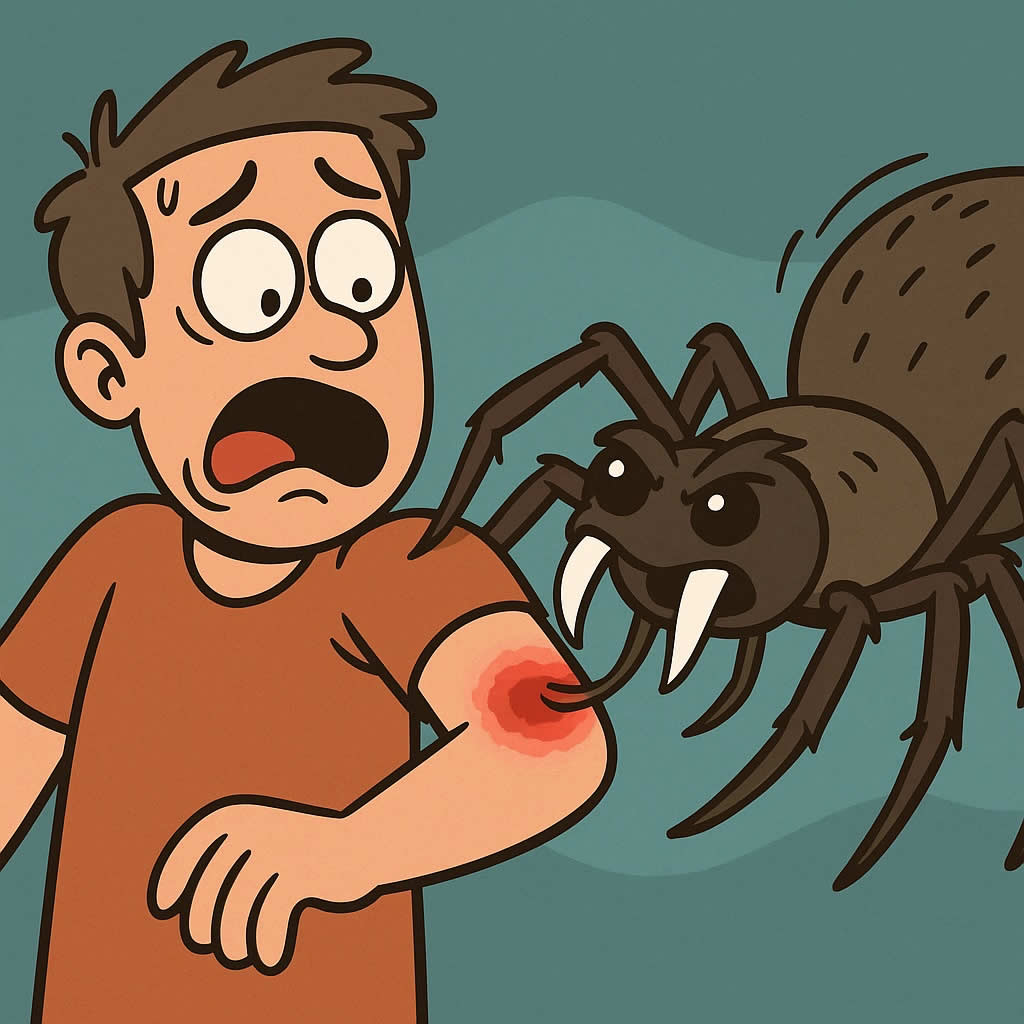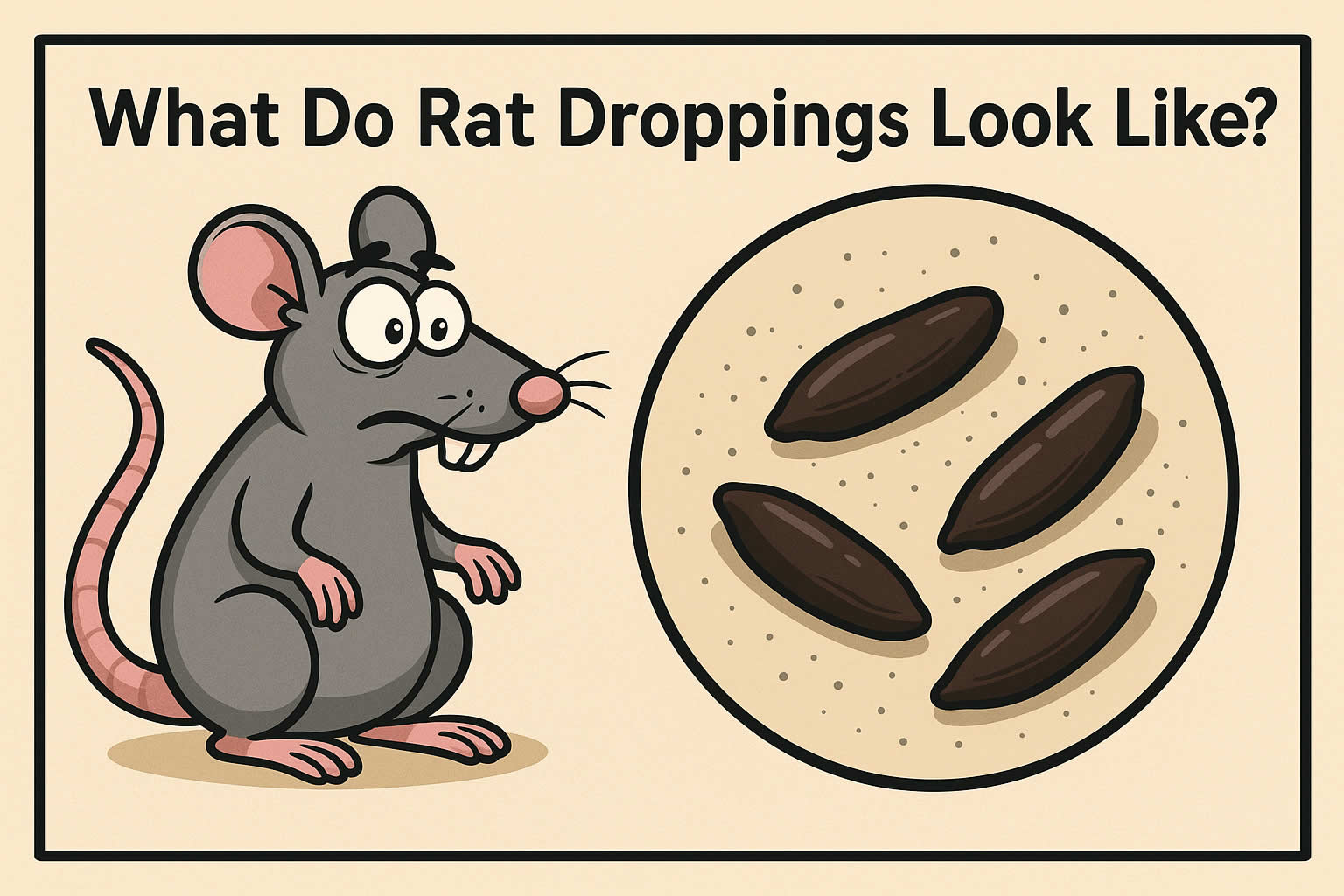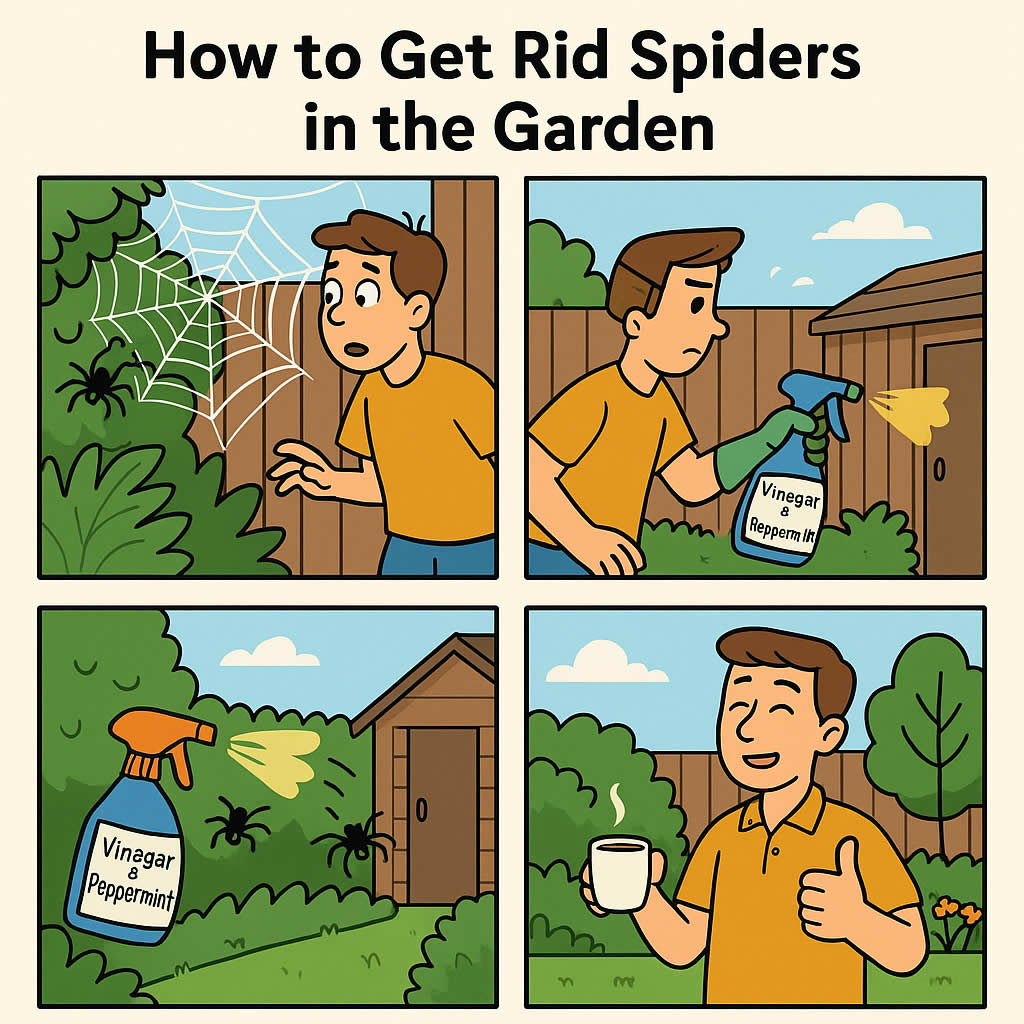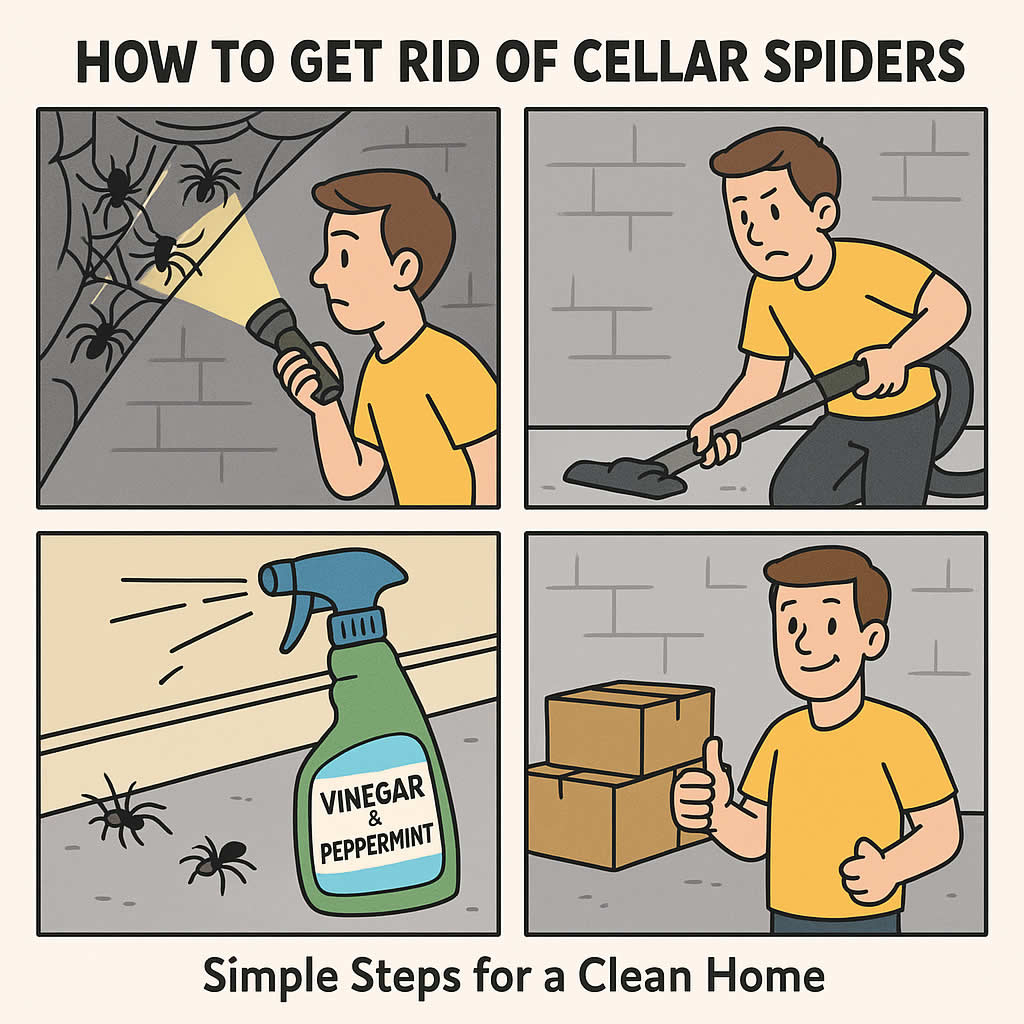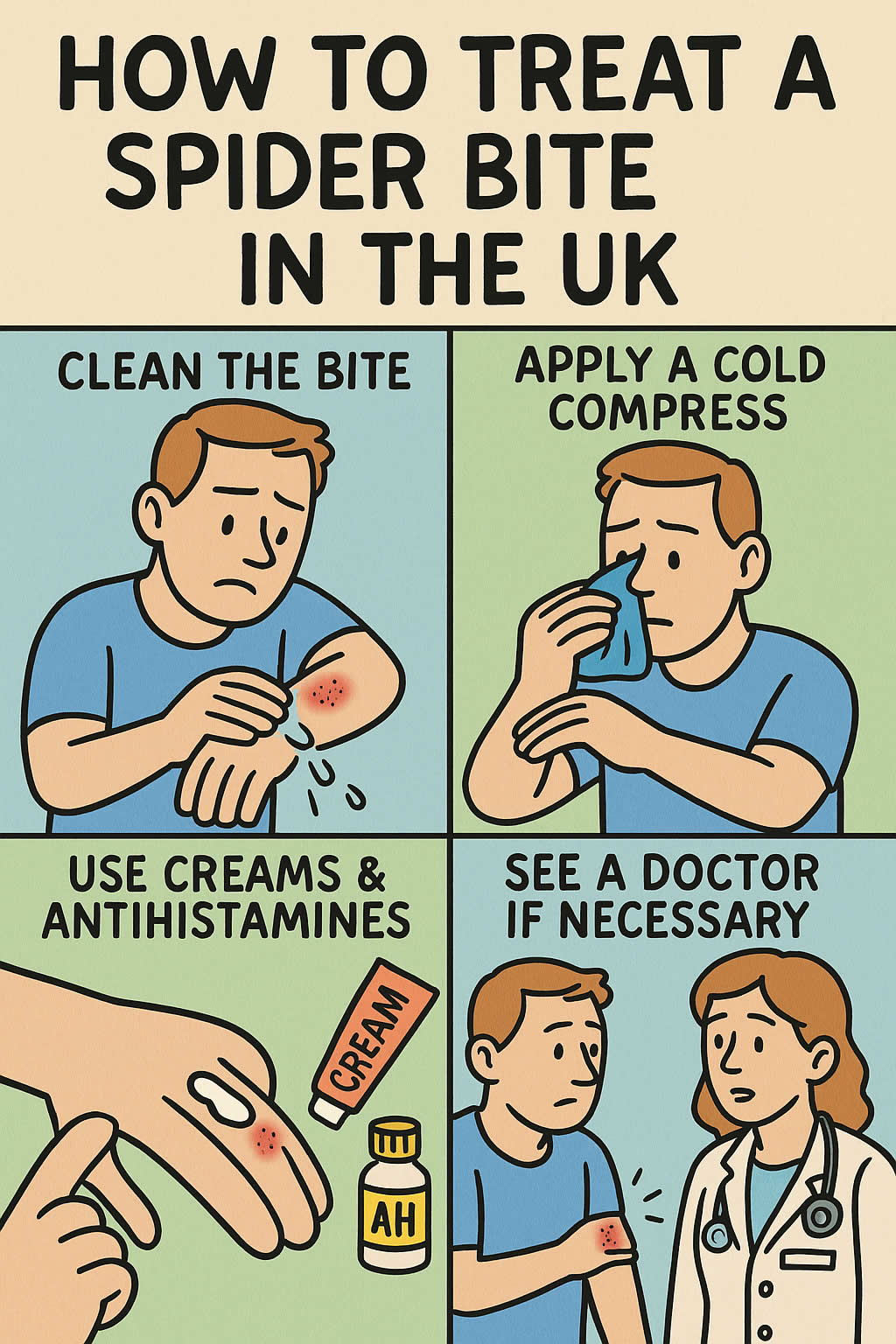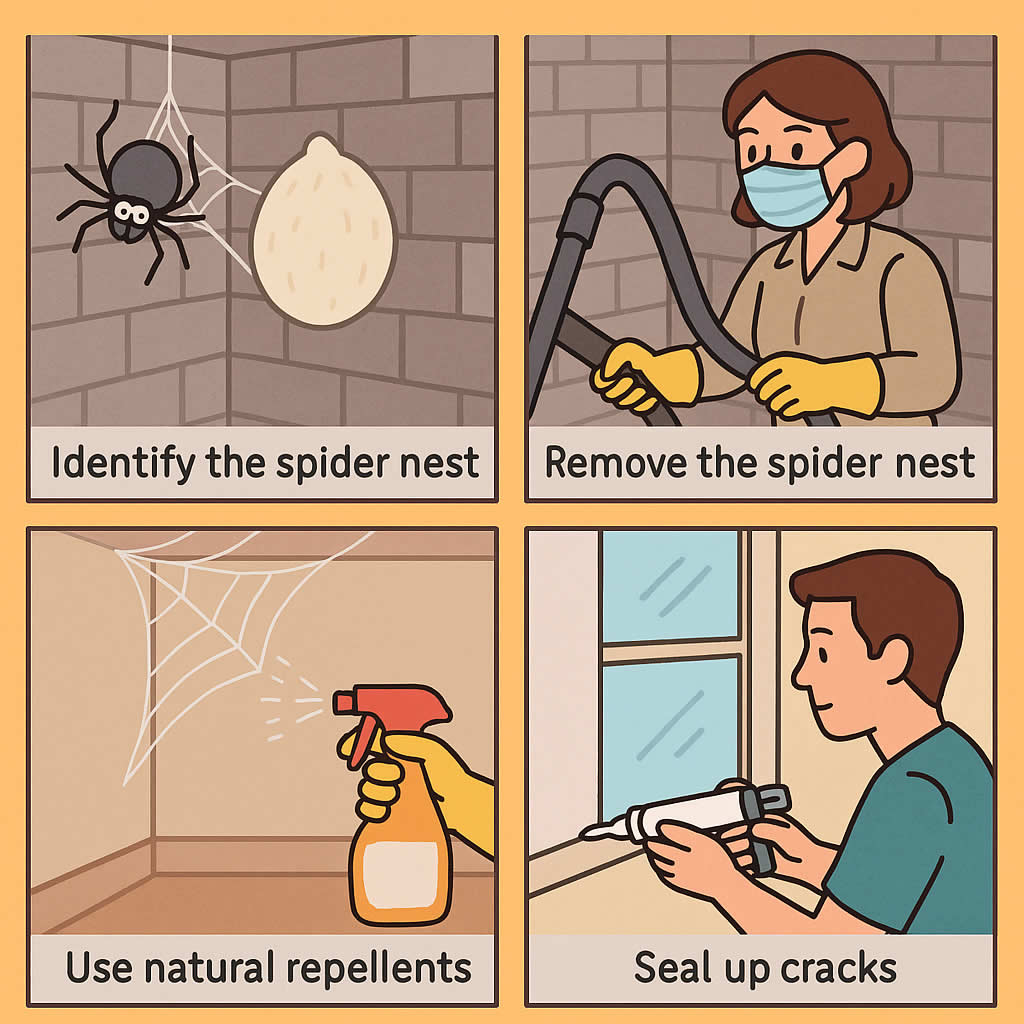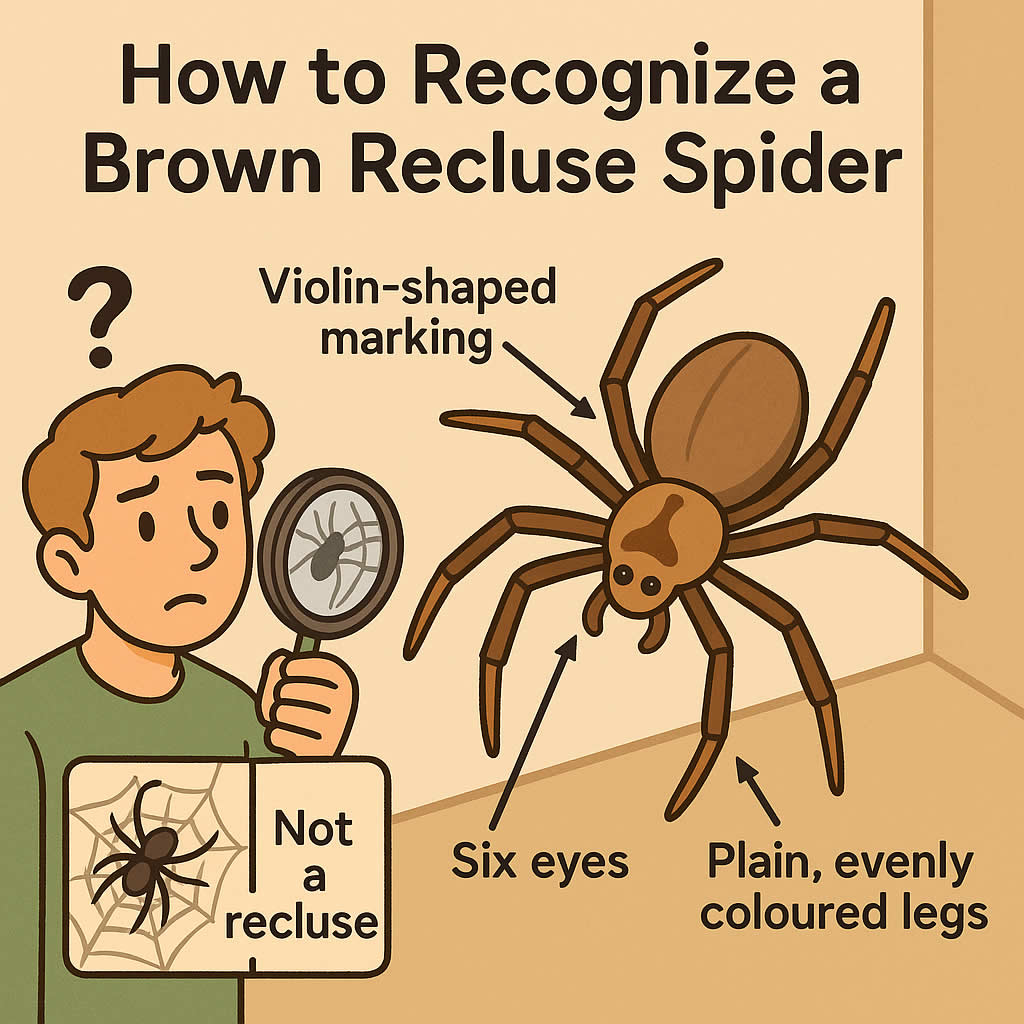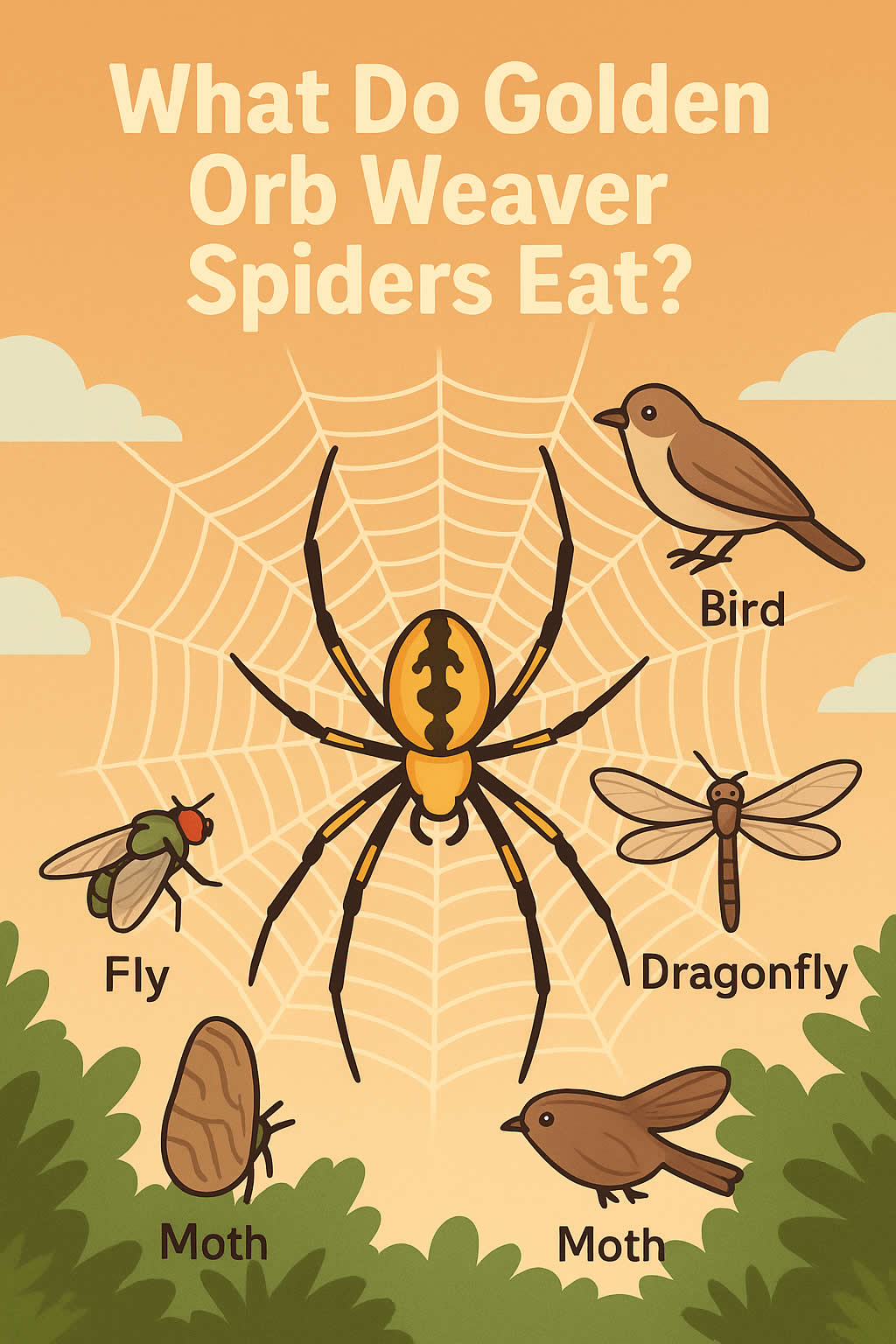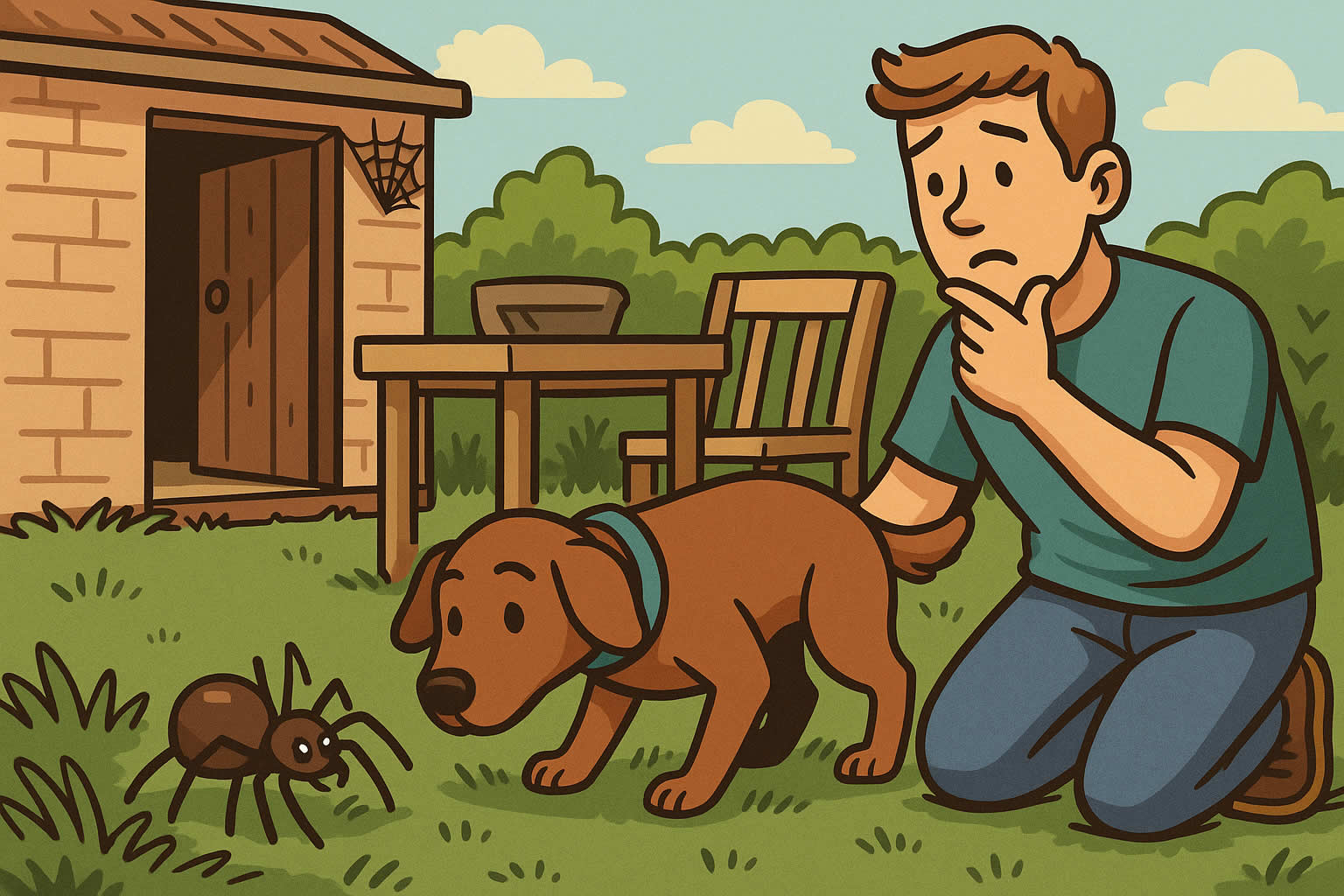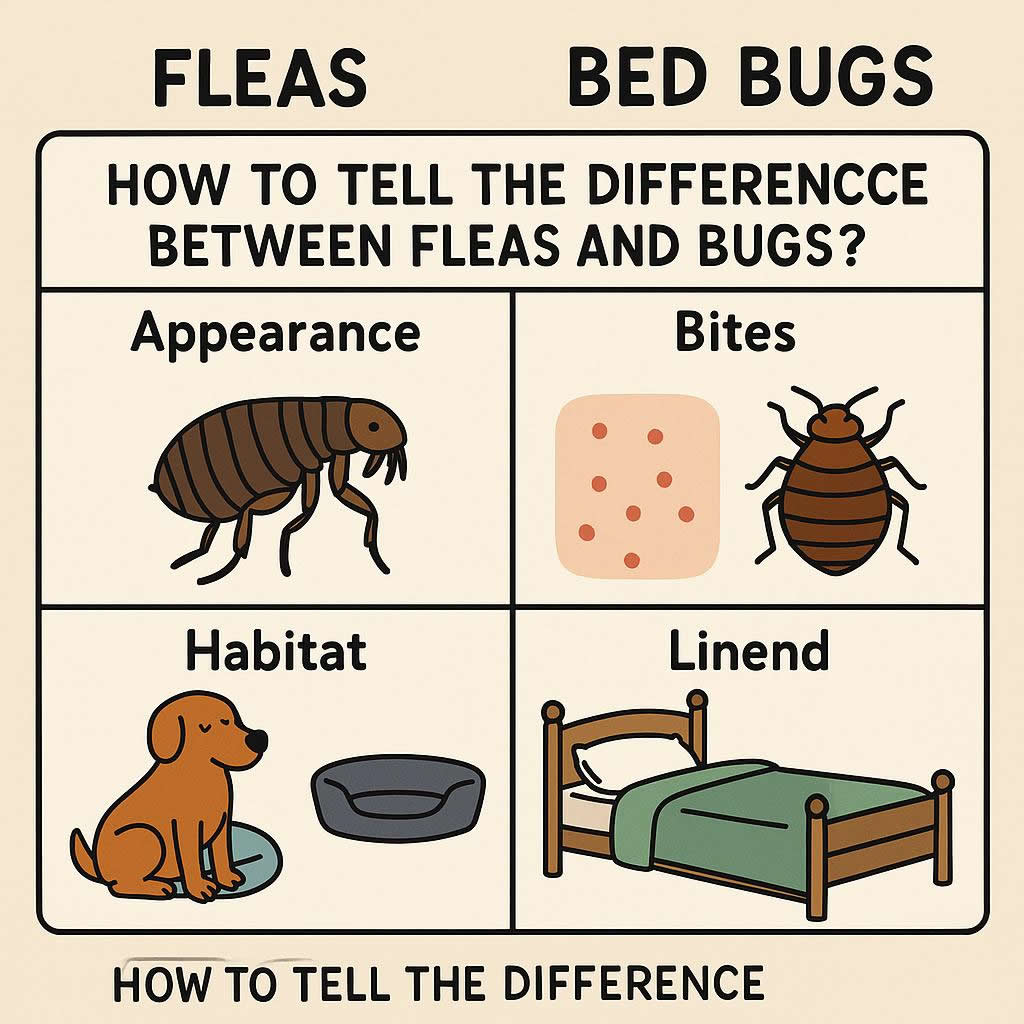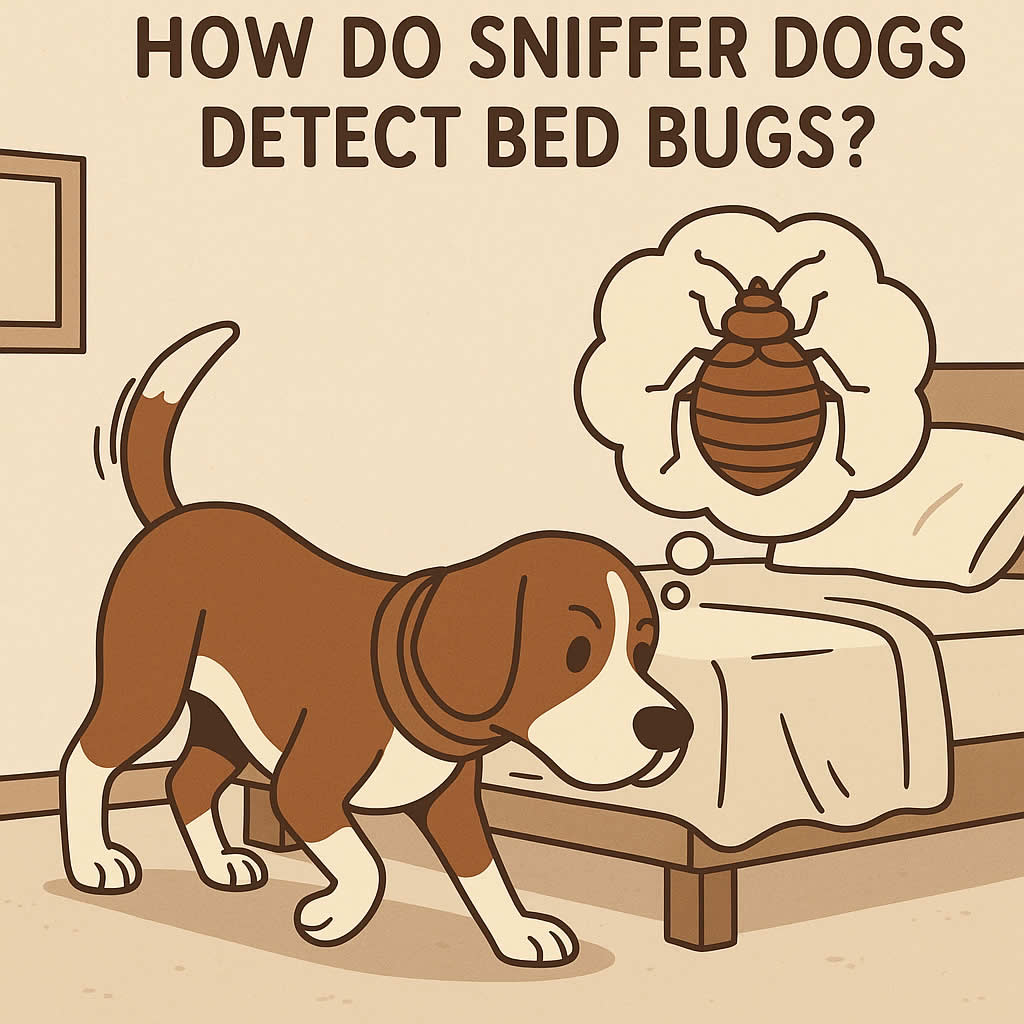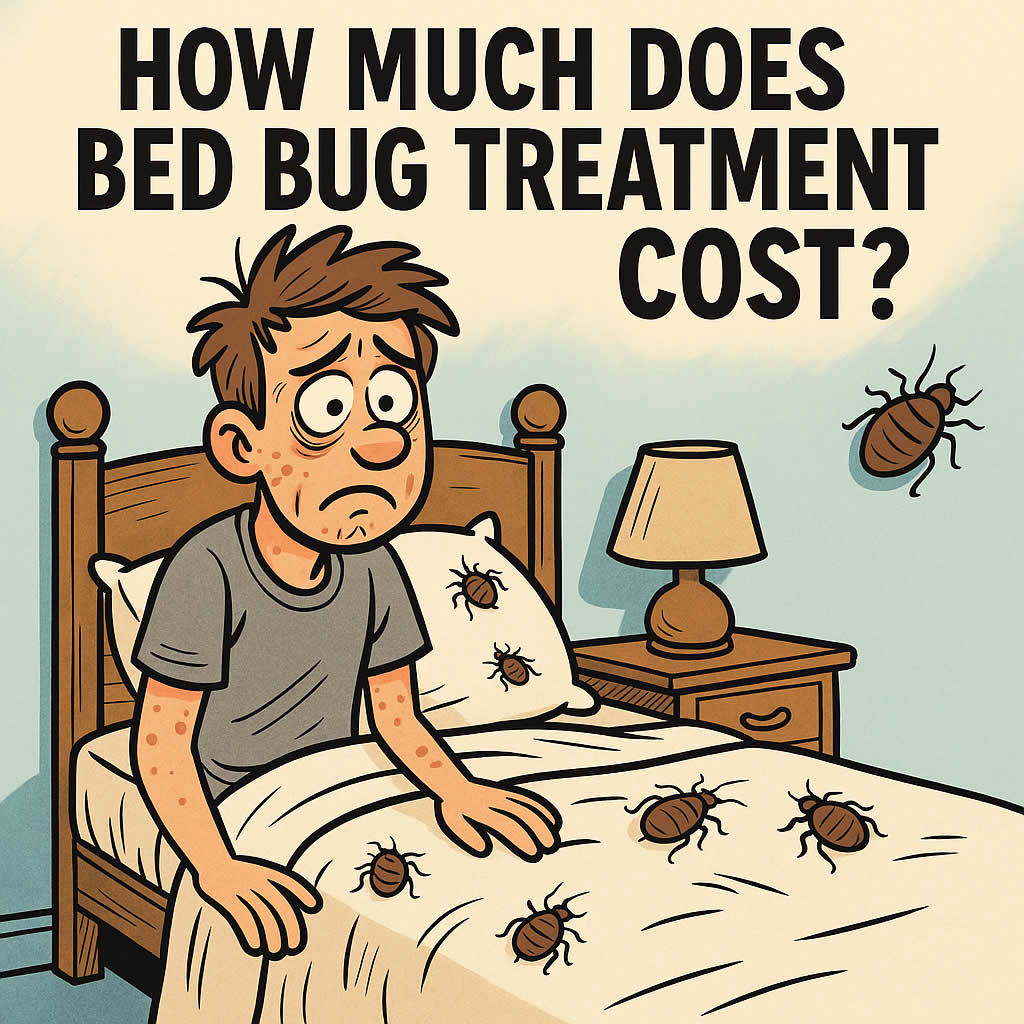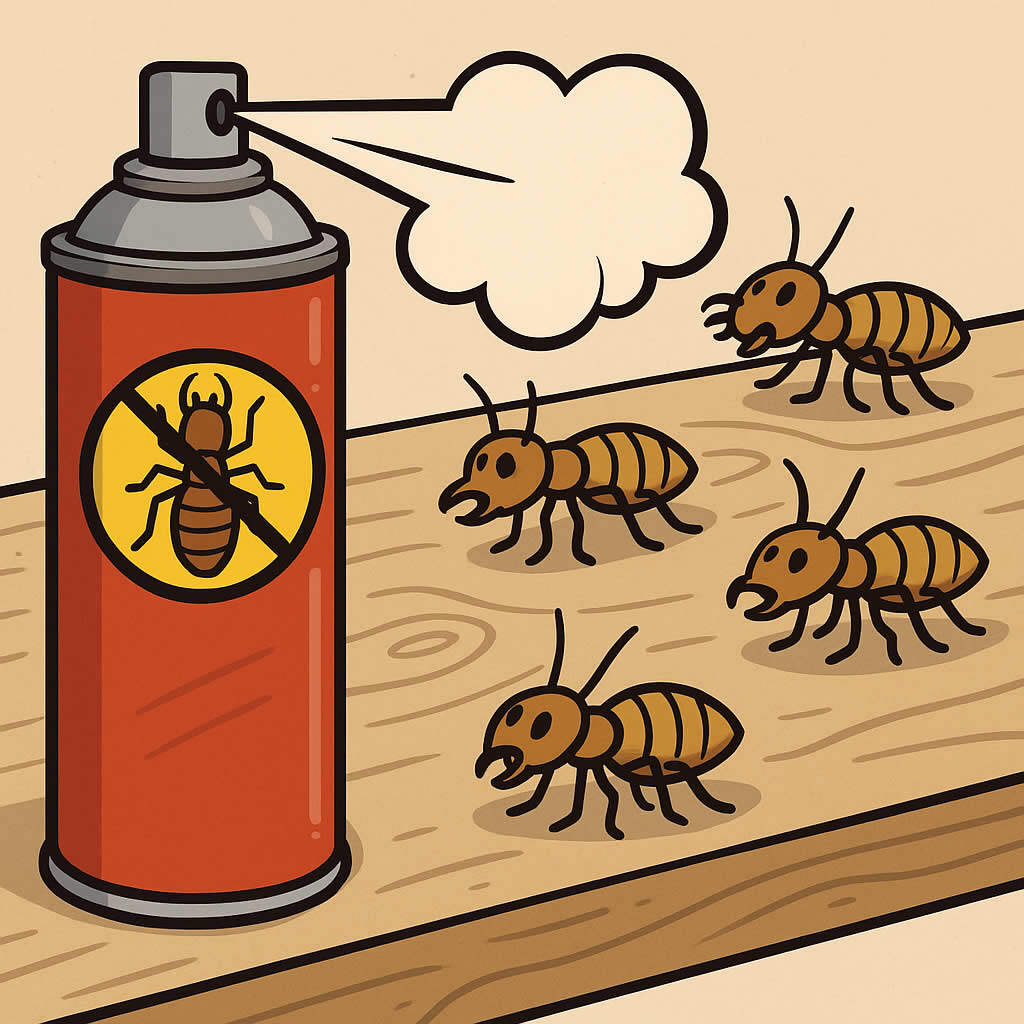Related Queries
ToggleSpider bite cases have surged dramatically – hospital visits jumped to nearly 100 last year, four times higher than ten years ago. This raises an important question: How do you spot a spider bite?
Britain hosts more than 650 spider species, yet most can’t seriously harm humans. People often mix up spider bites with mosquito or flea bites because they look alike. A typical UK spider bite shows mild redness, some swelling, and feels itchy. You might notice small puncture marks at the bite site.
UK spiders rarely pose danger to humans, though some species need attention. The False Widow spider’s bite can cause blisters or hurt like a bee sting. Spider bites usually leave two tiny fang marks with redness around them. The challenge lies in telling these apart from other insect bites.
This piece will help you identify spider bite rashes and their symptoms. We’ll also show you spider bite pictures that will make spotting these encounters easier, along with proper treatment steps.
How to Recognise a Spider Bite
Spider bites can look a lot like other insect bites, making them hard to identify. You can spot them by looking for specific signs that set them apart from regular bug bites.
Redness and swelling around the bite
A spider bite usually shows up as localised redness and swelling. Your skin reacts this way because spider saliva proteins trigger an inflammatory response. The bite starts as a red, inflamed bump that looks like other insect bites. You’ll notice the area feels warm and shows mild to moderate swelling based on your sensitivity and the spider type.
The redness might spread as time passes and create a larger inflamed area. Severe cases can show a red ring around where you got bitten. Sometimes the reddish skin colour extends beyond the bite itself.
Two small puncture marks
The clearest sign of a spider bite comes from two tiny puncture marks where fangs broke the skin. These marks set spider bites apart from mosquito bites, which leave just one raised bump. The marks sit close together, though they’re not always easy to spot if the area has swelling or irritation.
Different spider species leave different marks. Small spiders or shallow bites might not show clear fang marks at all.
Blistering or rash development
Spider bites can turn into fluid-filled blisters hours or days after you get bitten. Bites from more venomous spiders might create a blister with bruising around it. The pattern often looks like a bull’s-eye.
Spider bites also cause:
- A small fluid-filled blister at the bite site
- Skin discoloration around the bite
- A bite wound that grows into an open sore (ulcer)
- Purplish discoloration with swelling
Pain or itching at the site
Spider bites hurt – from mild itching to intense pain. Many people say they feel like bee stings. The pain level changes based on the spider type and your sensitivity.
Some bites don’t hurt right away. Brown recluse spider bites often go unnoticed until pain develops about an hour later. Other spiders cause immediate burning or stinging.
Your body releases histamine as part of its immune response, which makes the bite itch. The itching can last several days and get quite intense. Try not to scratch – it could lead to infection.
Everyone reacts differently to spider bites. Your age, health, and immune system affect how your body handles the bite. People with weak immune systems, older adults, or those with diabetes might see worse reactions or slower healing.
Common Types of Spider Bites in the UK
The UK has countless spider species, but only 12 can bite through human skin, and just a few leave most important bites. Let’s get into how these common culprits look and what happens when they bite.
False Widow Spider
The Noble False Widow (Steatoda nobilis) ranks as Britain’s most venomous spider. You’ll spot it by its bulbous, brownish abdomen that shows cream skull-like markings and reddish-orangey legs. These spiders can stretch up to 32mm with their legs.
You’ll feel a False Widow’s bite if the spider gets trapped between your clothes and skin or if you handle it roughly. The bite feels like a bee or wasp sting and causes pain and swelling in one spot. Some people notice:
- Throbbing pain and tingling in fingers
- Mild redness and swelling
- Small blisters in some cases
The media often reports worse symptoms, but these usually stem from allergic reactions or infections rather than the venom. No spider bite in the UK has ever caused death, including False Widows.
Woodlouse Spider
The Woodlouse Spider (Dysdera crocata) stands out with its red head, thorax and legs against a pale oblong body. These 10-15mm spiders have large, forward-pointing fangs built to pierce woodlouse shells.
These spiders might bite if you handle them. The pain from verified bites lasts under an hour. It ranges from a nettle to bee sting feeling, mostly because of the puncture rather than venom. People report local itching and swelling, but these bites rarely need medical attention.
Lace-Webbed Spider
The Lace-Webbed Spider (Amaurobius species) reaches 5-15mm with brown colouring and yellowish abdomen marks. Britain has three related species, and Amaurobius similis shows up most often in homes.
People bitten by Lace-Webbed Spiders first feel a dull pain that feels like a wasp sting. The pain gets worse for about two hours but goes away after 12 hours. Doctors see swelling about 6mm wide at bite spots with redness around it. Dark red bumps and tiny blisters might show up near the bite after a week, but the skin heals completely.
Cellar Spider
The Cellar Spider (Pholcus phalangioides), also called “Daddy Long Legs Spider,” has distinctive long, thin legs and likes to live in houses. Stories about their super-toxic venom are just myths.
These spiders can’t hurt humans and rarely try to bite. Their fangs are too short to break skin, even though they have venom glands. Scientists haven’t found any proof that their venom affects mammals, including humans.
Cupboard Spider
The Cupboard Spider (Steatoda grossa) shares family ties with the False Widow and sometimes bites humans. People used to think these bites were harmless, but recent cases show they can cause serious problems for some.
Cupboard Spider bites usually leave mild irritation, redness, and small skin marks. Doctors have used Redback antivenom successfully in two cases with bad reactions. Most bites just need an ice pack to help with pain and swelling.
Spider Bite Symptoms to Watch For
Spider bite symptoms can help you determine the right treatment approach. These reactions typically fall into three categories based on how serious they are and their health risks.
Mild symptoms: itching, redness, small bump
Spider bites in the UK usually cause mild symptoms that go away within a few days. The first reaction typically shows:
- A small red bump where the spider bit, with two tiny puncture marks sometimes visible
- A mild itch or burning feeling
- Light redness around the bite
- Just a bit of discomfort
Your body’s immune system responds to proteins in the spider’s venom, which causes these mild reactions. A spider bite looks similar to other bug bites—you’ll see a red, swollen, and possibly itchy or painful bump on your skin. Some people don’t even notice they’ve been bitten. These harmless bites rarely cause symptoms beyond the bite area.
Moderate symptoms: swelling, burning, pus
More serious symptoms can develop with certain spider species:
- Pain and burning that gets worse around the bite
- Swelling that spreads outward from the bite
- A blister or small fluid-filled sac forms
- A bite wound with a pale middle that might turn dark blue or purple with a red ring
- Pus suggesting a possible infection
- Skin around the bite hardens within 30 minutes
The bite might look like a “bull’s-eye”—picture a central blister with bruising or red skin around it, then a white ring, and a large red outer ring. These moderate symptoms need watching, but they rarely become emergencies in the UK.
Severe symptoms: fever, nausea, breathing issues
Severe reactions to spider bites hardly ever happen in Britain, but they need immediate medical care. Watch out for:
- Fever, chills, body aches
- Feeling sick or throwing up
- Bad headaches
- Muscle pain, cramps or stiffness
- Trouble breathing or swallowing
- Heavy sweating
- Feeling anxious or restless
- Swollen lymph nodes
Get emergency help right away if you have severe stomach pain or cramping that feels like appendicitis. You also need urgent medical care for any signs of allergic reactions like facial swelling, trouble swallowing, tight chest, or breathing problems.
Note that everyone reacts differently to spider bites. Your age, health, and immune system affect how your body responds. Kids, older adults, and people with weak immune systems might have stronger reactions even to normally mild bites.
Understanding these different symptoms helps you spot spider bites at various stages and decide what to do next.
How to Treat a Spider Bite at Home
Quick home treatment can help manage discomfort and prevent complications after you spot a spider bite. Spider bites in the UK usually heal without medical help within a week.
Clean the area with soap and water
You should wash the affected area with mild soap and water right after you find a spider bite. This vital first step helps remove any remaining venom, dirt, or bacteria that could enter your bloodstream through the wound. The gentle cleansing speeds up healing and reduces infection risk. Use a clean towel to pat the area dry afterward.
Apply a cold compress
A cold compress or ice pack works best on the bite site. You should wrap ice in a clean cloth or use a damp washcloth soaked in cold water. Keep this on the bite for 15 minutes every hour. Cold therapy numbs nerve endings and constricts blood vessels to reduce pain and swelling. Direct ice contact with your skin can cause damage, so avoid it.
Use antihistamines or pain relief
These medication options can help manage your discomfort:
- Antihistamines (diphenhydramine/Benadryl or cetirizine/Zyrtec) help reduce itching and swelling
- Pain relievers like paracetamol or ibuprofen decrease inflammation and discomfort
- Topical treatments such as antihistamine cream, hydrocortisone cream for itching, or triple antibiotic ointment if blistering occurs
Follow package instructions or your doctor’s advice when taking medications. Adults can take 500-1000mg of paracetamol or 400-600mg of ibuprofen to reduce inflammation.
Avoid scratching the bite
Resisting the urge to scratch is one of the toughest yet most significant parts of treating spider bites. Scratching breaks your skin’s protective barrier and might lead to infection from bacteria. A bandage over the bite can protect the wound until it heals.
Monitor for signs of infection
Keep checking the bite for:
- Pain, redness or swelling that increases after 24 hours
- Warmth around the bite site
- Pus formation
- Open wound development
- Streaking redness that extends from the bite
Spider bites usually heal on their own within a week. Some species’ bites might need more time and could leave a scar. You should see a doctor if your symptoms get worse instead of better.
When to Seek Medical Help
Most spider bites in Britain heal on their own, but knowing exactly when you need medical help can make a significant difference in serious cases. Medical experts agree that quick treatment is vital for certain bite complications.
Symptoms worsen after 24 hours
Spider bite symptoms should get better gradually, not worse. Your symptoms getting worse after a day points to possible complications that need medical evaluation. Watch for these signs:
- Pain that increases around the bite site, especially if it becomes severe
- Fever, chills, or body aches that develop after the bite
- A bite wound that grows larger instead of healing
- Stomach cramping or tightness (some people mistake this for appendicitis)
- Muscle cramps or weakness that spreads beyond the bite area
Keep a close eye on the bite for the first 24-48 hours. You should contact your GP or NHS 111 if your symptoms get worse instead of better.
Signs of allergic reaction
Spider bites can trigger allergies in some people. These reactions range from mild to severe and can be life-threatening. Get emergency medical help right away if you notice:
- Trouble breathing or swallowing
- Swelling in your tongue, throat, or face, especially around your eyes
- Quick swelling that spreads beyond the bite area
- Heart palpitations or racing pulse
- Dizziness, confusion or agitation
- Red, itchy rash that spreads across your body (not just at the bite)
Call 999 immediately if you think you’re having anaphylaxis – a severe allergic reaction that can be deadly without quick treatment.
Bite becomes infected or ulcerates
Even small spider bites can lead to infections that need medical treatment. Look for these signs:
- Redness that spreads out from the bite (shows infection is spreading)
- More warmth, redness or swelling that appears or gets worse after 24 hours
- Yellow or greenish discharge (pus) coming from the bite
- A bite wound that turns into an open sore (ulcer)
- Dark blue or purple colour with a red ring around the bite
- Skin near the bite turning dark or dying
Bites that form ulcers often need professional wound care or antibiotics to prevent complications. Getting medical advice early can stop more serious problems from developing.
Our Final Say!
Knowing how to identify spider bites helps us react better when we encounter these eight-legged creatures. Media reports often blow spider encounters out of proportion. The reality is nowhere near as scary. UK spiders rarely pose any real threat to humans, and only a few can deliver bites that need medical attention.
Spider bites usually show up as red, swollen areas that might have puncture marks. This makes them different from other insect bites. Some bites just cause mild itching, while others need a doctor’s care. False Widow, Woodlouse, and Lace-Webbed spiders are the most common biters in Britain, and each leaves its own distinct mark.
Quick treatment leads to better recovery. You can manage the discomfort by washing the bite area, using cold compresses, and taking the right medicine while it heals. It also helps to watch for worrying signs like spreading infection or allergic reactions so you can get medical help quickly if needed.
Note that UK spider bites rarely cause serious problems. We should let knowledge, not fear, guide how we handle these encounters. Being able to identify spiders and recognise bite symptoms helps us stay calm and handle these situations well. Spotting a spider bite might not seem important until you need to – then it’s a great way to get proper care and peace of mind.
Pest Control Harlington – Pest Control Rutland – Pest Control Wilstead
